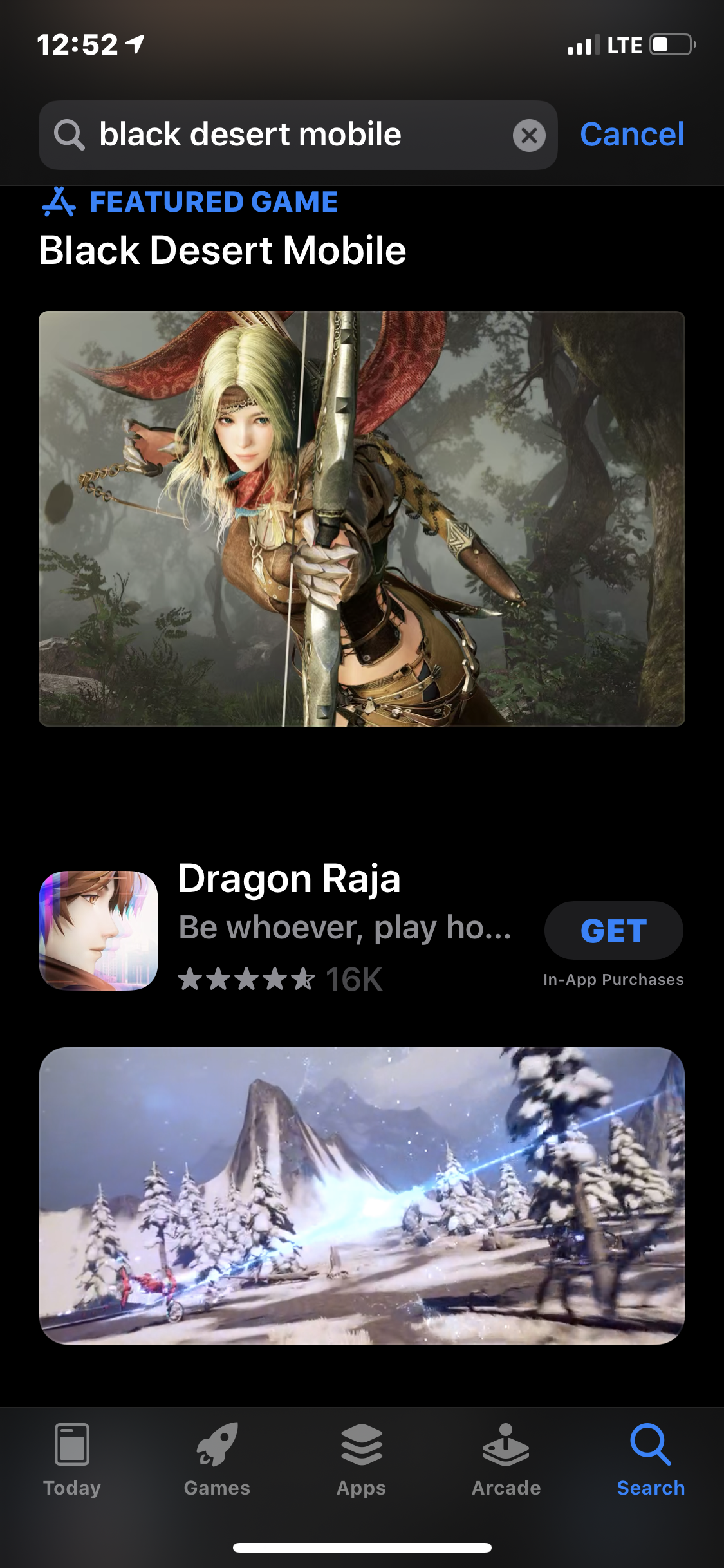The Roblox Digital Civility Curriculum And How Children Can Stay Safe And Learn Online.

As the Covid-19 pandemic hit hard, the world went into hibernation. With everything closed down and lockdowns imposed around almost all major countries, people were stuck at home. One question lingers on everyone’s mind. Amongst the parents of young kids, we ask ourselves. What to do? Can all screen time be considered “wasted”? Or can screen time, perhaps with education technology or gamification, actually help kids learn?
Children who should be in school learning and developing life skills are instead in physical and social isolation. How so? With parents and kids homebound, classes shifted from physical to virtual. This presented a whole new challenge. The challenge centers around balance. Is there something that can be done to protect children on the internet? And helps them learn at the same time?
When it comes to addressing the digital citizenship, safety, and educational well being of its users, Roblox is the pioneer. Roblox, as in the leader in sandbox games for kids 12 and under.
What is Roblox?
Roblox is an online game platform and game creation system. Released in 2006, the platform gives young minds an outlet to try out making video games. Just like consumer insights in video game careers, Roblox lets other online users to test out a creator’s game and provide feedback.
Like Instagram for Millennials, or Tiktok for Generation Z, Roblox enables social creation and sharing with friends and strangers, with arguably better built in monetization for everyday creators.

Founded in 2006, Roblox gained much rocket-propelled popularity after 2010. How exactly? When young gamers realized Roblox’s ease of use, allowing them to start making video games and share them with friends and strangers. Roblox currently hosts about 150 million monthly active users and is growing exponentially. In my humble opinion, Roblox is so much more than a game. It is the user generated content and self expression platform of the future.
Like Other Emerging Easy to Use Game Engines like Manticore, Roblox Does So with Young Gamers and Creators.
Roblox is known for its user-friendly interface. Rather than code-based, the Roblox Studio applications is a simple drag and drop running on the programming language called “Lua.” This language is an equalizer. Lua allows people with great game ideas but little programming skills to bring their games to life. Some have even described the Roblox studio app as a more accessible and friendly version of Unity, the famous game developing software. Think game development for newbies.
Roblox Gives Kids Exposure to Video Game Development in a Digestible Safe Environment
Roblox is a great way to get started if you are someone who is considering pursuing a video game career. It is a stepping stone of realizing what you need to create a good concept and executing it on a platform where people can play and review your games.
Roblox tends to attract users who are very young, mainly kids 9-15. It is a great platform to introduce new ways of learning to a generation who has seen the most pervasive, visible form of human hibernation in recent history. Roblox is an excellent way for kids to play open-ended games and even create them as they learn, opening up a new path for a video game career. Recently Roblox introduced digital civility curriculum, allowing kids anywhere to learn through creation and play.
Roblox Digital Civility Curriculum
Its audience? Positively snowballing. Roblox’s response? It ideated a Digital Civility Curriculum for its users. Its objectives? Two prongs really. First, to foster safe, positive, and productive online experiences for young users. Second, to encourage healthy discussion among students to find an optimal solution to answer the above question. Simply, how precisely can the Internet become a more suitable and safe place for all users and developers?
The curriculum follows a design style that allows students to develop their skills regarding the fields of animation, 3-D modeling, and coding. The course will integrate learning and development with kids and teens who will be going back to online learning this fall.
The course comprises six online lessons spanning from 45-60 minutes, will also include a game created in Roblox studio called Digital Safety Scavenger Hunt. It is mainly used to teach kids the difference between reliable and unreliable information available online these days. This is something a lot of adults of today can also use.
Roblox is becoming an integral part of education technology today, which will not only teach kids to explore their creative side but is a great way to introduce and develop STEM-based learning at an early age.
The Course
1. Intro to Roblox
The beginning of the course allows children to learn digital safety tips when online. The next part required every student to create an obstacle course in Roblox Studio, which can be played by other students.
The objectives of this lesson:
- Highlight differences between personal and private information.
- How to identify unreliable information if presented in a game.
- Altering 3-D parts to create an obstacle course (an intro to making video games.)
Lesson overview
- A 5 minutes introduction to let the students know what they will be learning through the course.
- A 10 minutes intro to digital safety guided tutorial introducing concepts like protection of privacy and finding reliable information online.
- A 15 minutes play of the obstacle course helping identify unreliable and reliable information online.
- A 25 minutes introduction to Roblox studio, teaching the basics, and helping students create a simple one on their own.
- A 5 minutes recap of what was learned in the lesson.
2. Being a Digital Citizen
Learn how to contribute to online communities and confront cyberbullying positively. Then, work on the obstacle course and get feedback from peers.
This lesson is something that is very important for all young minds that are on the internet today. For kids who want to make use of education technology and learn from their peers and from observation, the lesson will teach them how they can positively contribute to online communities.
A critical factor of the lesson is also how to confront cyberbullying. The latter part of the lesson will focus on working on the obstacle course and getting feedback from peers.
Lesson Overview
- A 5 minutes introduction of the project and lesson structure.
- A 15 minutes discussion on ways to be a positive member of the online community and how to address cyberbullying.
- 10 minutes to adjust the layout or look of the obstacle course.
- 10 minutes to play a peers’ obstacle course and give feedback while setting a goal to change things from the feedback received on their own obstacle course.
- 5 minutes recap of the lesson and concepts learned.
3. Lights and Polish
This lesson is all about personalizing your obstacle course using special effects (Lights) and effectively implementing improvements through feedback(Polish).
Lesson Overview
- 5 minutes introduction to project and lesson structure.
- 15 minutes for implementing changes based on the feedback received.
- 5 minutes to use post-processing effects to demonstrate the importance of how special effects can drastically change the look of a game.
- 30 minutes to work on the obstacle course, from changing layouts to further improving previously made changes and applying special effects.
- 5-minute recap of the lesson.
4. Coding Fundamentals
If you’ve had a child who has shown interest in knowing more about video game jobs, this lesson especially will be something that will boost their confidence in terms of learning how to code and program a simple game.
The lesson will explore the basic fundamentals of coding concepts such as loops, functions, if/or/then statements. It will also include mini-projects that can be added to games such as color-changing consoles/platforms and traps.
Lesson Overview
- 5 minutes to introduce what is to be learned in the lesson.
- 20 minutes to learn how to work with properties and modifying color properties of parts using scripts.
- 35 minutes to teach how to code a trap using if/or/then statements.
- 5 minutes for lesson recap.
5. Character Animation
This lesson will teach the students how to animate a 3-D figure into a unique walk animation. This will allow them to personalize the game further by adding a unique touch of their own into the overall look and feel.
Lesson Overview
- 5 minutes to introduce the lesson.
- 5 minutes to brainstorm and plan a simple animation.
- 25 minutes to learn how to use the animation editor to create a simple animation.
- 10 minutes to learn how to use scripts to add the new animation walk in the obstacle course.
- 15 minutes to receive feedback from a peer to improve the animation.
6. Finishing Projects and Share
This is the final lesson where students will be allowed to make final preparations and add touches to the game, which will then be showcased and shared among peers and others to play. For young creators gaming enthusiasts? This is the end goal.
Not only can young creators share their finished or even still in-development games with others, there is another sweetener. Those 13 and over can sell in-game items for Roblox’s virtual currency Robux. Add that to Roblox’s discoverability by over 100 million players? Now you’ve got an user-generated platform that allows expression – and market testing – by kids! Without traditional offline consumer insights and market research.
Lesson Overview
- 5 minutes introduction to the project and lesson structure.
- 45 minutes to make all final changes to the game.
- 10 minutes to wrap and recap the week and showcase student projects.
A brilliant idea, Roblox’s Digital Civility Curriculum lets young people learn digital citizenship, online safety, data integrity and creating learning opportunities for others.
So what’s the verdict? Two thumbs up. The Digital Civility Curriculum is an excellent way for kids to learn:
- Online Safety – What it means to be a digital citizen who knows how to protect themselves against unreliable information
- STEM Fundamentals – Basics of programming
- Sharing Digital Citizenship – Using the information they gather here to create other learning opportunities, benefit others.
Roblox Is No “Learn Once, Over and Done”
The simple obstacle course design featured here is something that can be molded into different areas of study for young people, and a different obstacle course or a game can be created for various subjects for kids to continue learning and creating.
Roblox Provides Meaningful Learning through Fun: Education + Entertainment
For parents who are always worried about their children not learning much from their constant connection to online games, Roblox can be a massive change in the way online gaming is perceived.
Teachers, with the help of students, can design their own curriculums for classrooms on Roblox
It can be a fun and interactive way for kids to learn new things and new concepts. For kids who want to learn about making video games, Roblox presents a fantastic opportunity to provide a stepping stone that can help them get the essential information they need to enter a world where they can create and share freely. Whether that game environment is a futuristic Sci-Fi world, or a retro throwback reboot of something like ET or Avatar, only the creator’s imagination can decide.

Below are just a few examples of the most popular games on Roblox. Yes, created by gamers and creators on the platform.

Roblox has provided a considerable service in the field of education technology and is going to further improve the way STEM studies are evolving these days. If your child has shown an interest in STEM or making video games, the Digital Civility Curriculum by Roblox is a fantastic way to set them on the right path. Kudos Roblox. And here’s to the future of the video game industry. Bravo.








